Otherlands Collaboration #29
Date: May 9, 2022 • Location: Pula, Sardinia, Italy
I decided to visit Sardinia without knowing anything about its music, all it took was a friend telling me it was one of the most different of the Italian traditions…and that they had an instrument called the launeddas which was distinctly Sardinian. As soon as I heard the sound, it became my mission to meet someone who played it. I put the word out to the internet and through friends of friends, I met Orlando Mascia. And through him, Eliseo Mascia, Matteo Muscas, and Luca Schirru.
To learn more about Orlando’s projects, often including these musicians, please visit: Orlando’s Instagram
Dating back to at least 8 BCE, the launeddas is thought to be the ancestor of modern bagpipes. At a glance, it’s a relatively straight forward instrument made from three narrow canes of differing lengths, each with a single reed. Two of these canes are bound together near the reed so they can be held more easily by the left hand, while the third cane is held by the right. The leftmost cane is pure drone, and the other two are chanters with holes for fingering melodies. One fascinating aspect about this arrangement is that the two chanters are fingered independently and play countermelodies to each other.
A constant airflow for all three canes is maintained by the “bag” — the player’s cheeks — through circular breathing. In this technique, the player exhales from their lungs until nearly empty, then stores the last bit of air in their mouth, closes off the windpipe, and uses cheek pressure to push the air out while simultaneously inhaling through the nose to refill the lungs. This makes it possible to play long songs with no break in sound.
And what a sound! The launeddas is incredibly powerful—focused and loud with a bit of a buzz/sizzle from the reed. It’s reminiscent of bagpipes, although somewhat leaner—which might be from the narrow bore of the canes. I was about to have an unexpected launeddas experience I didn’t even know was missing from my life.
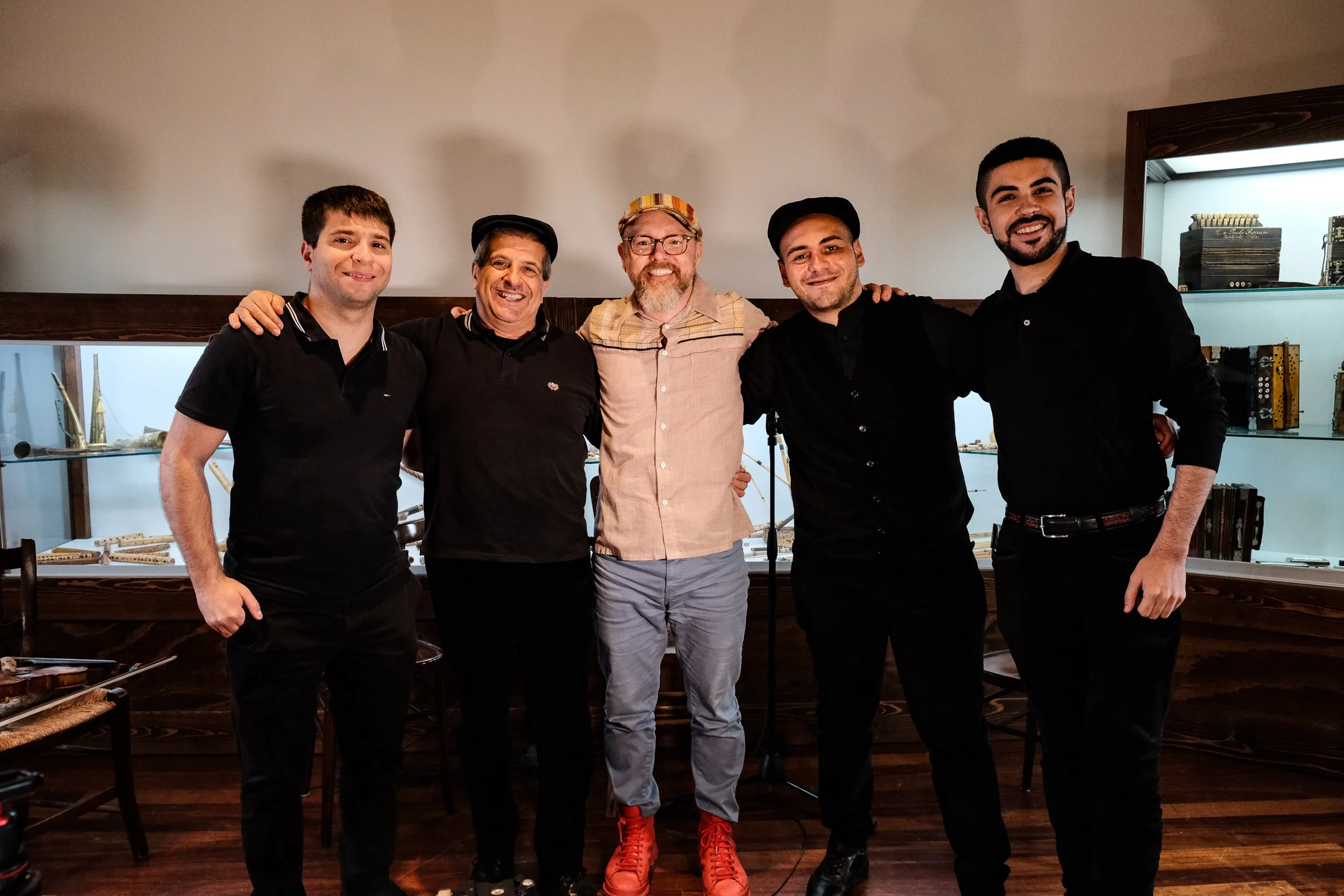
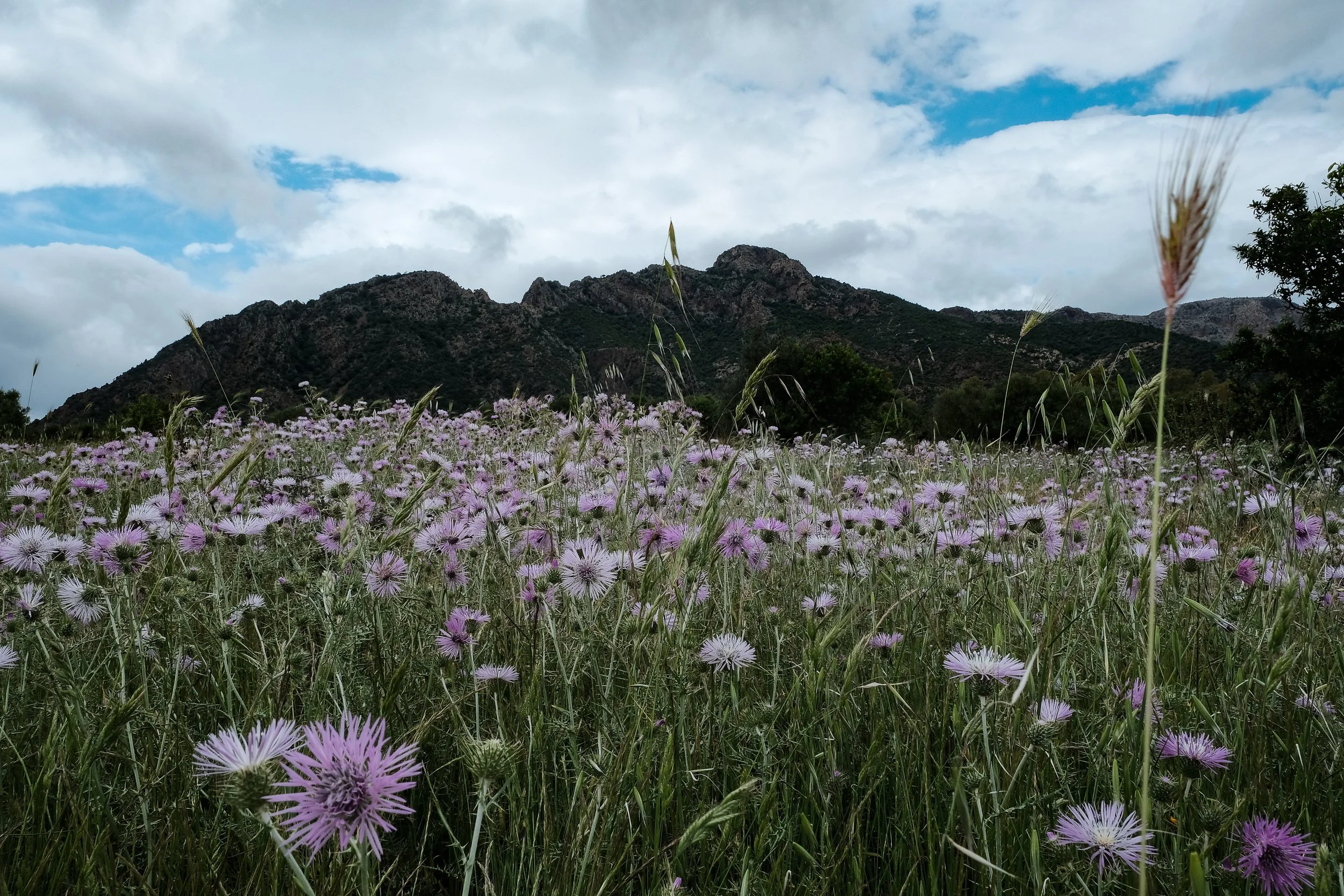
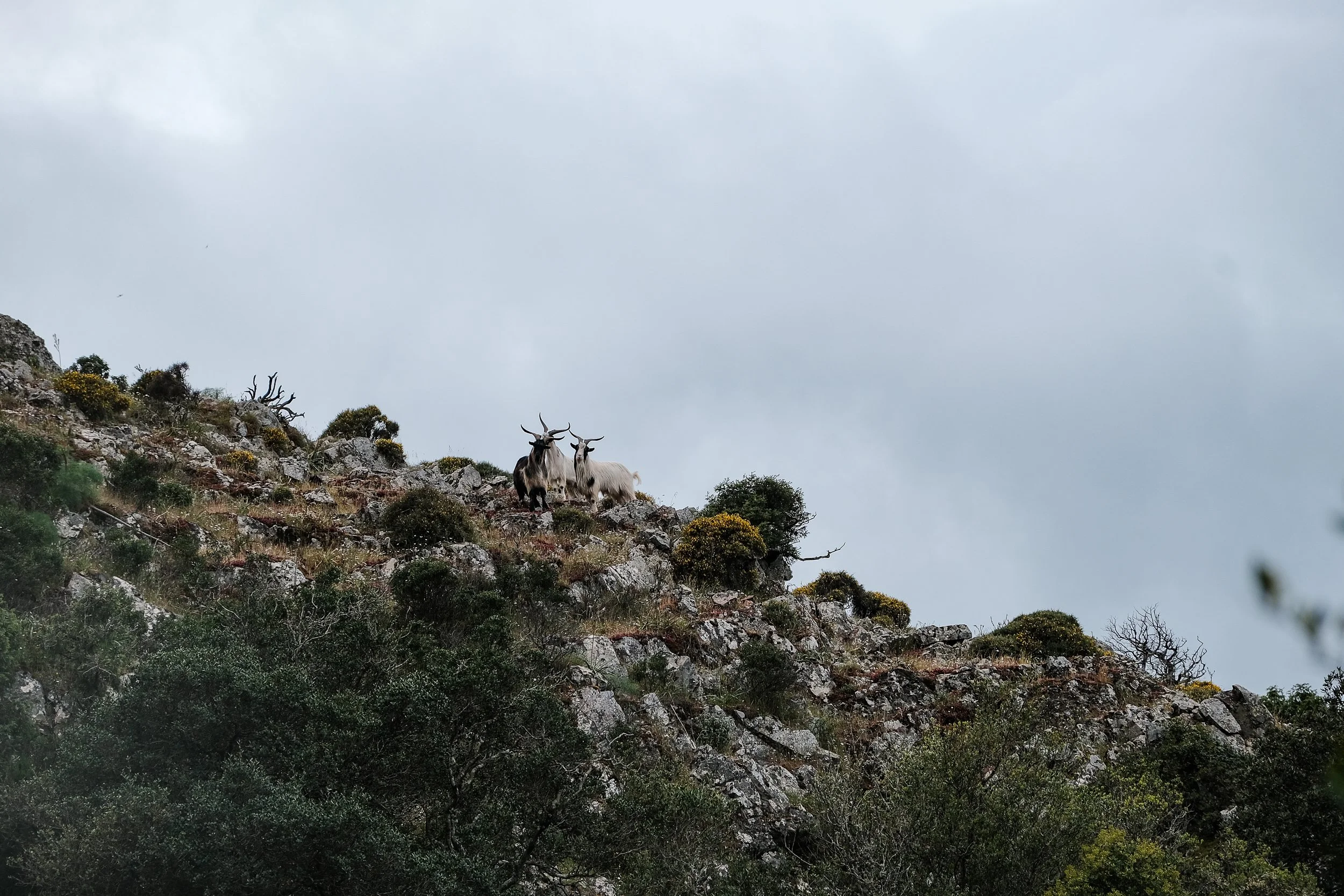
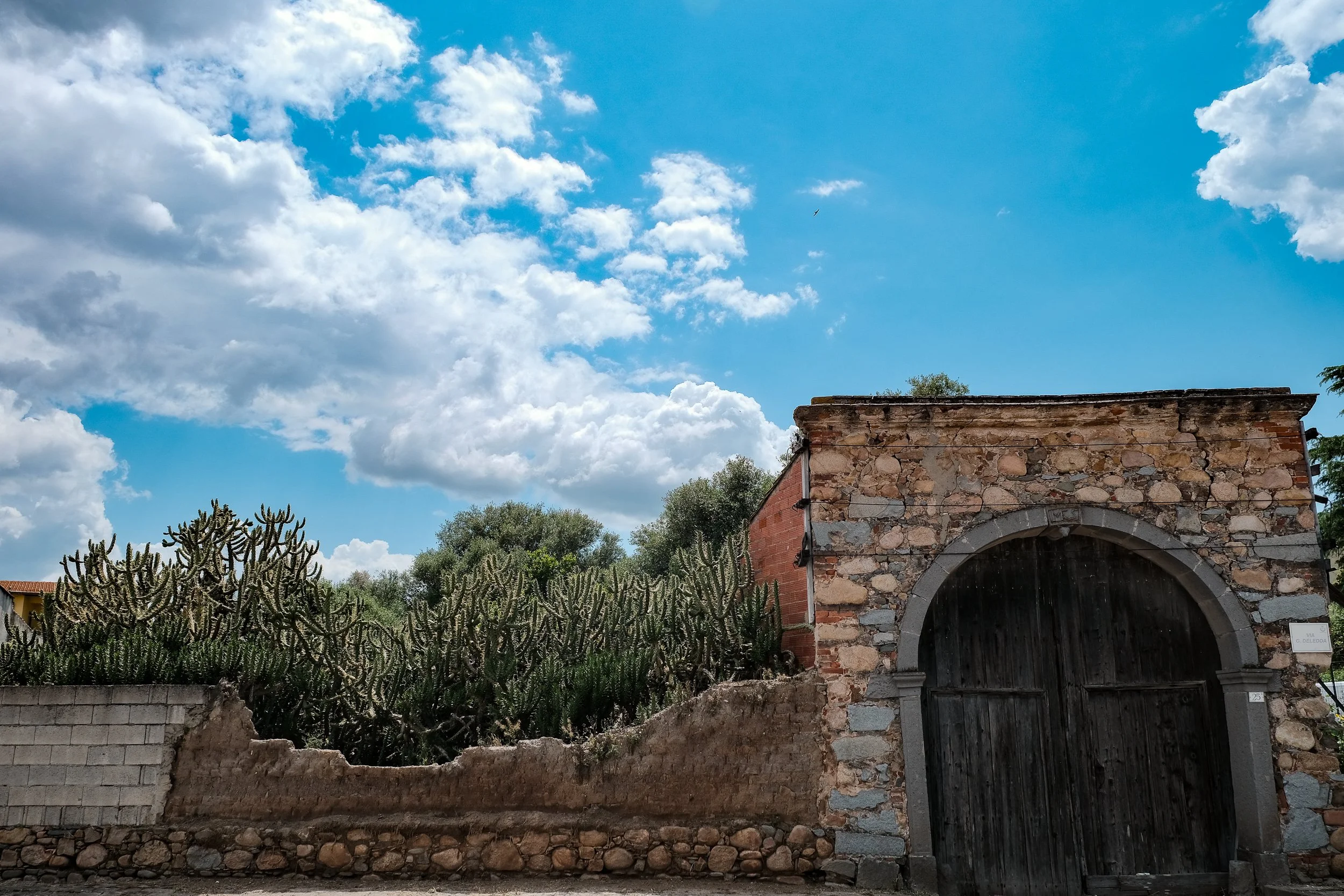
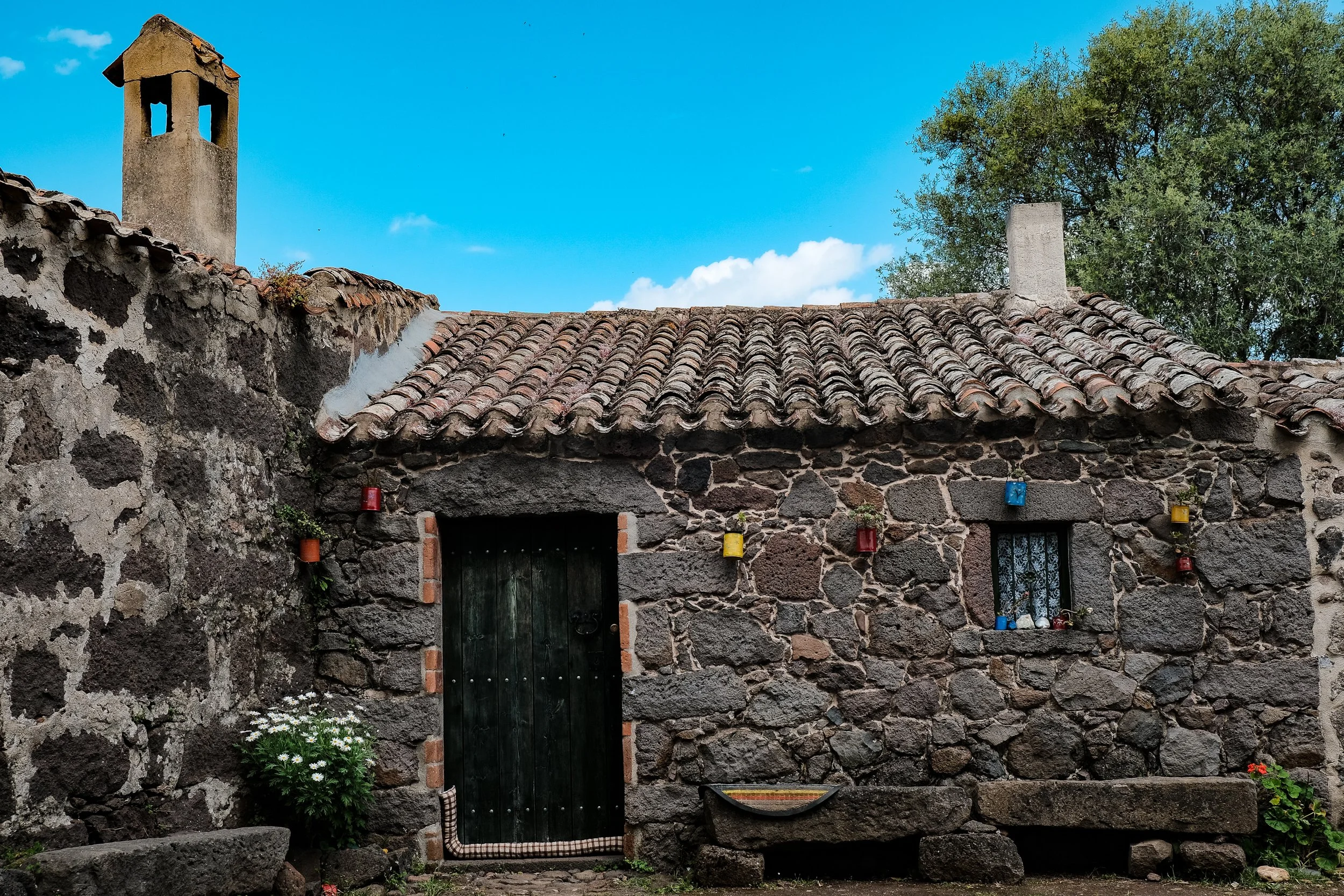
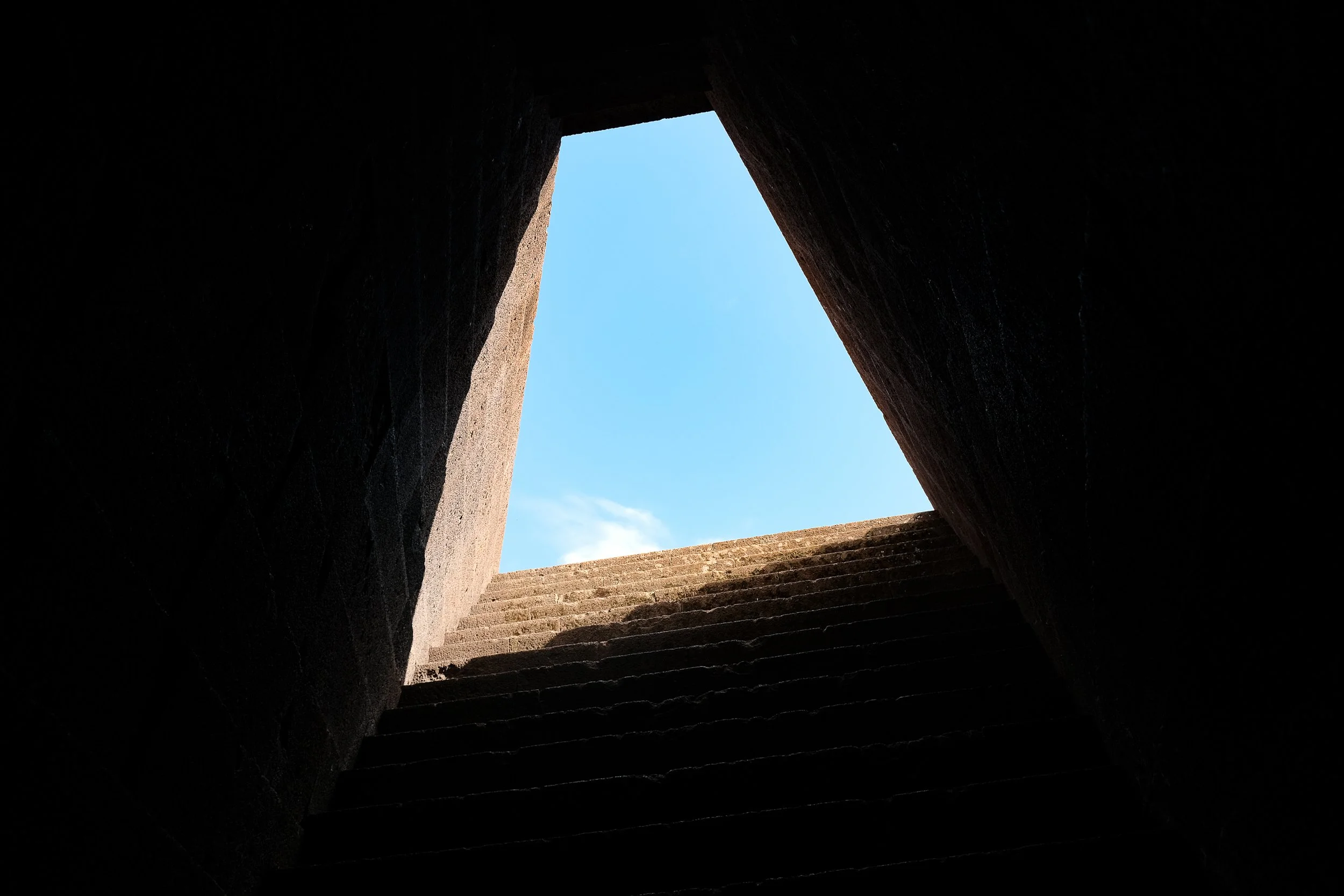
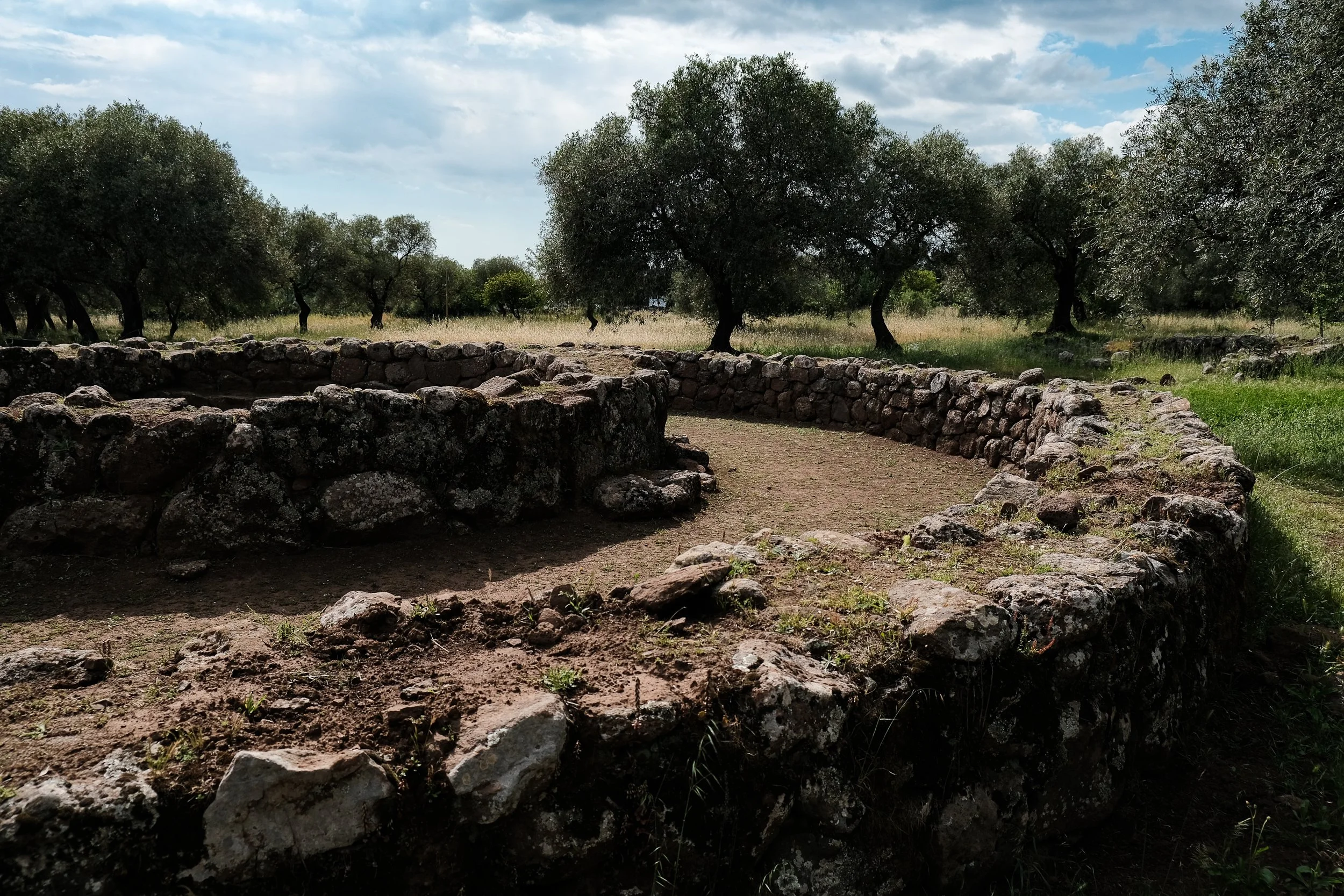
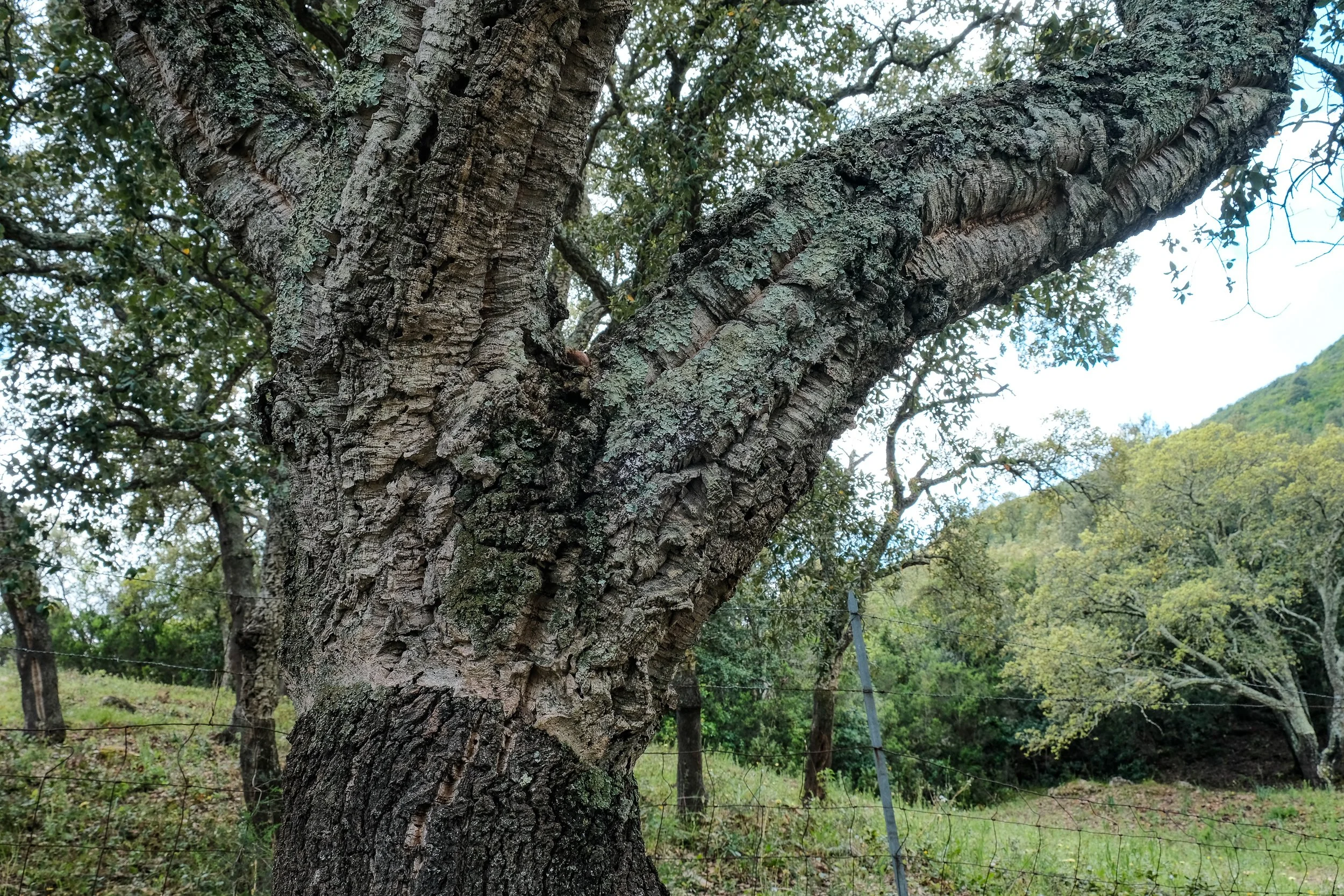
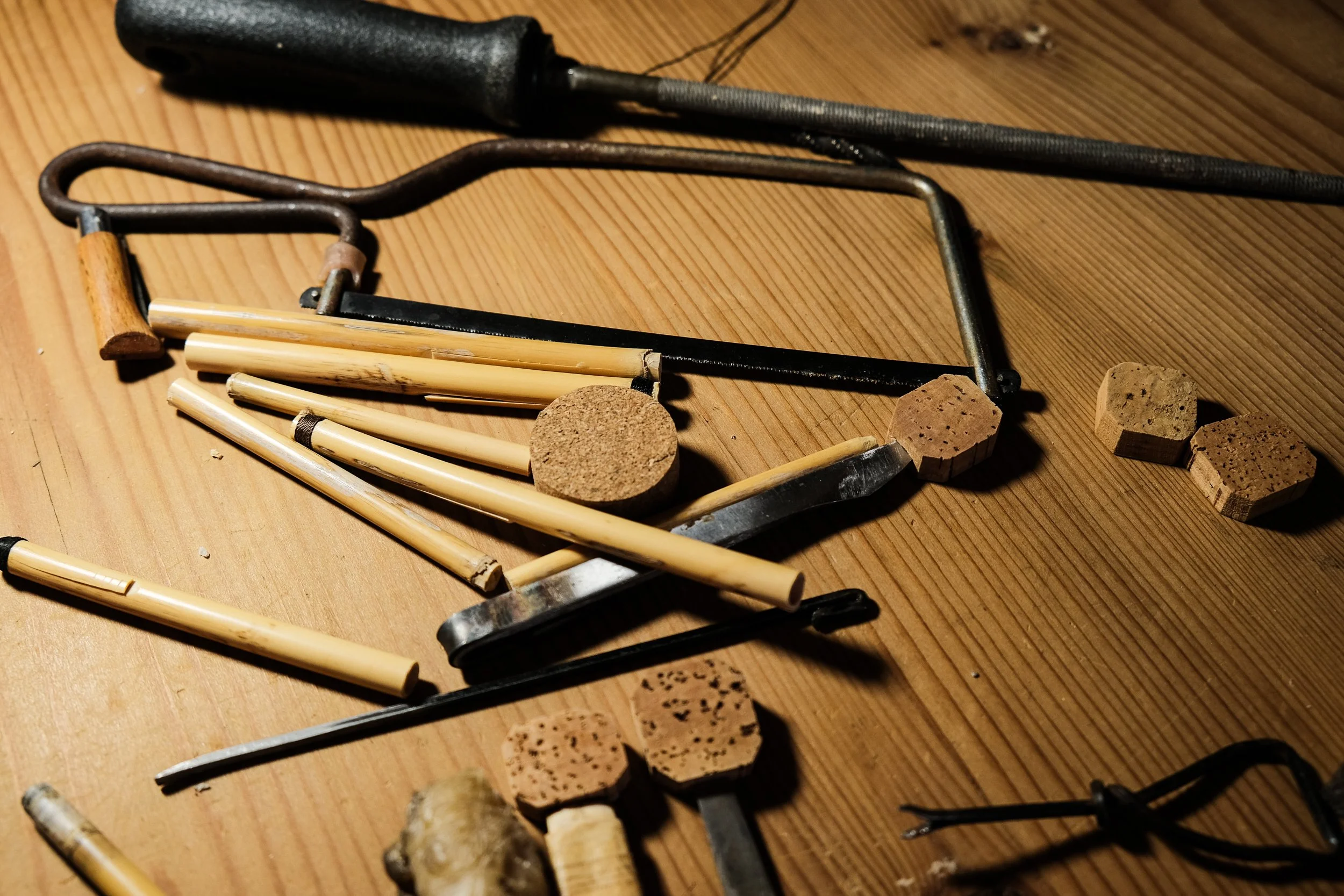
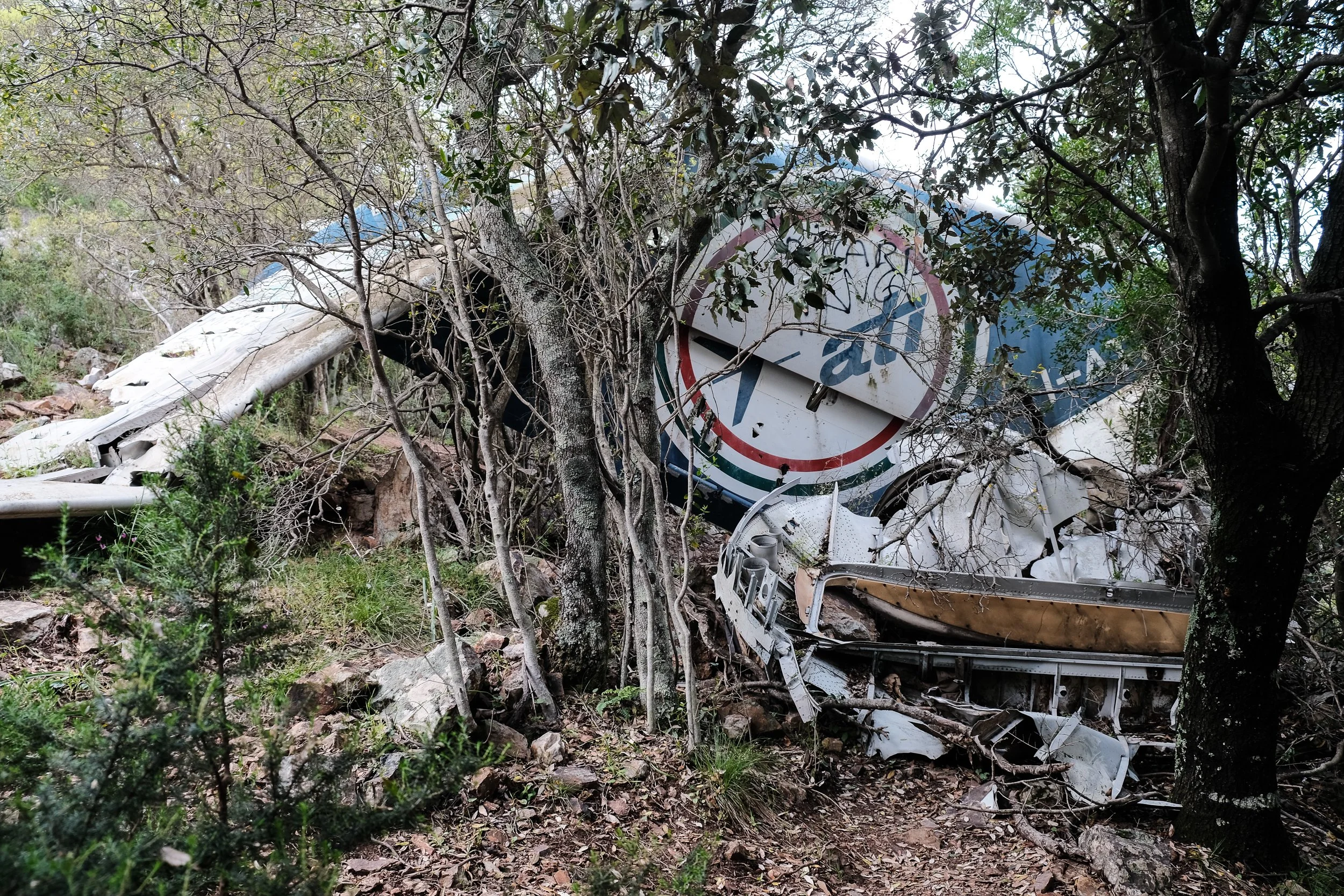
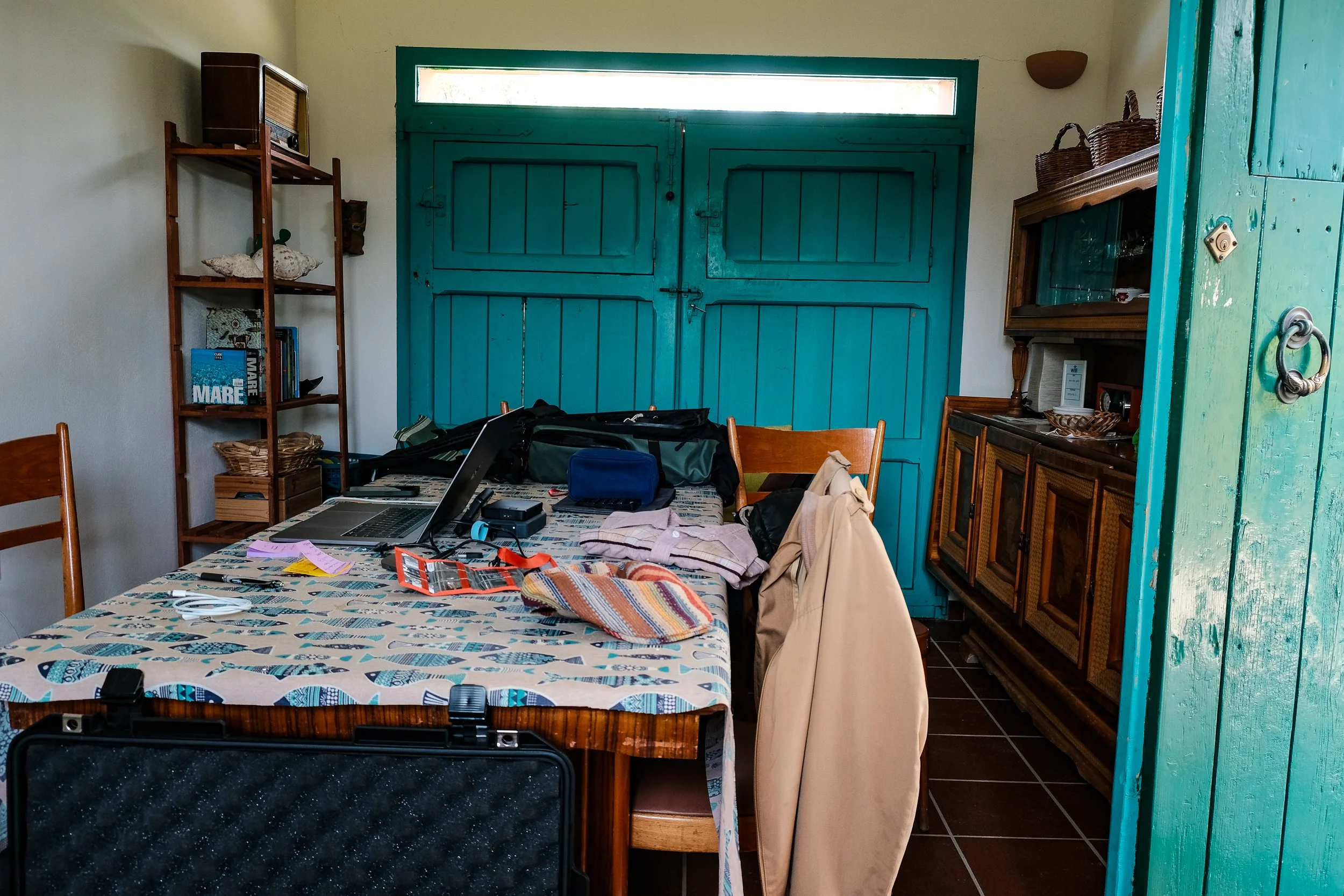
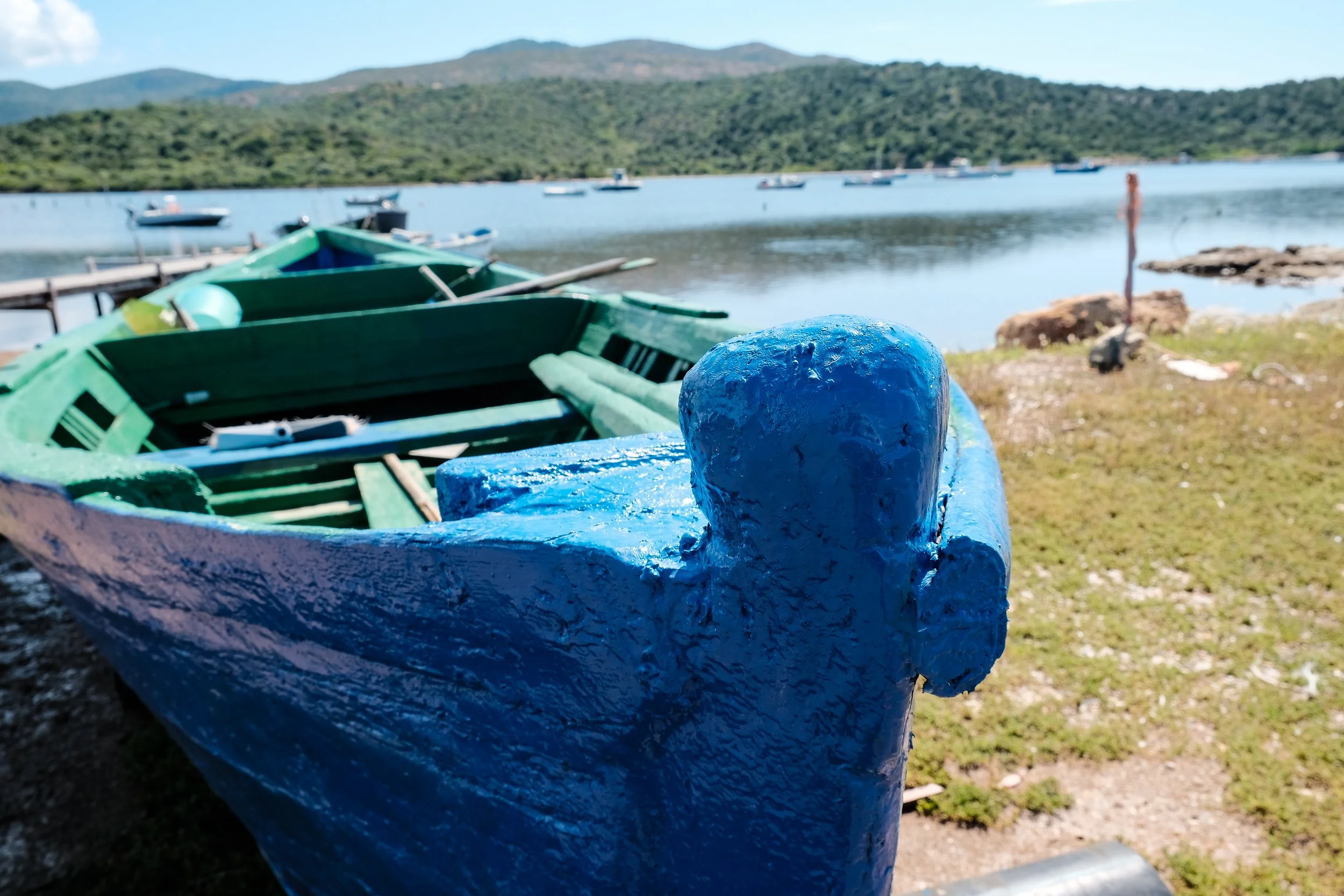
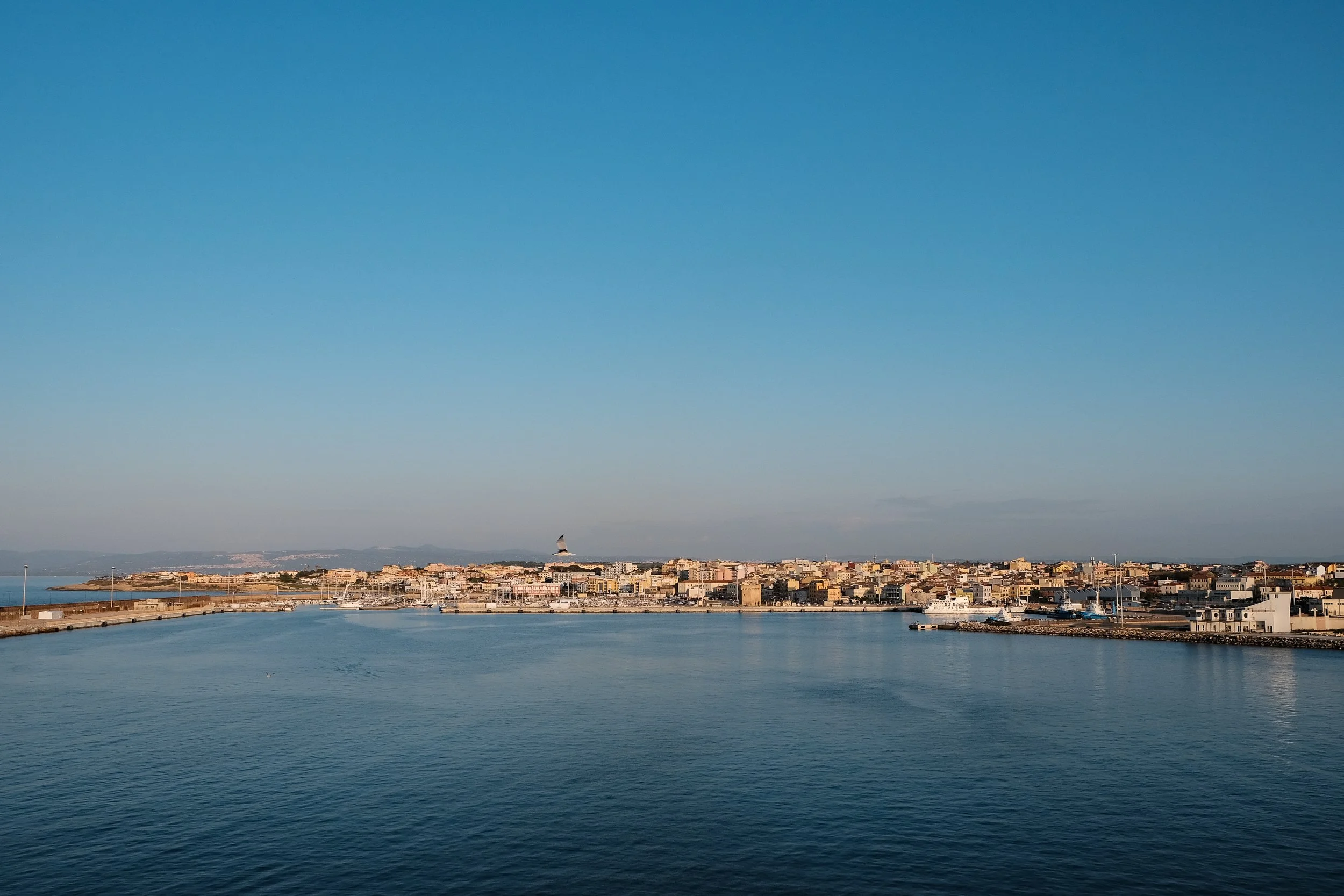
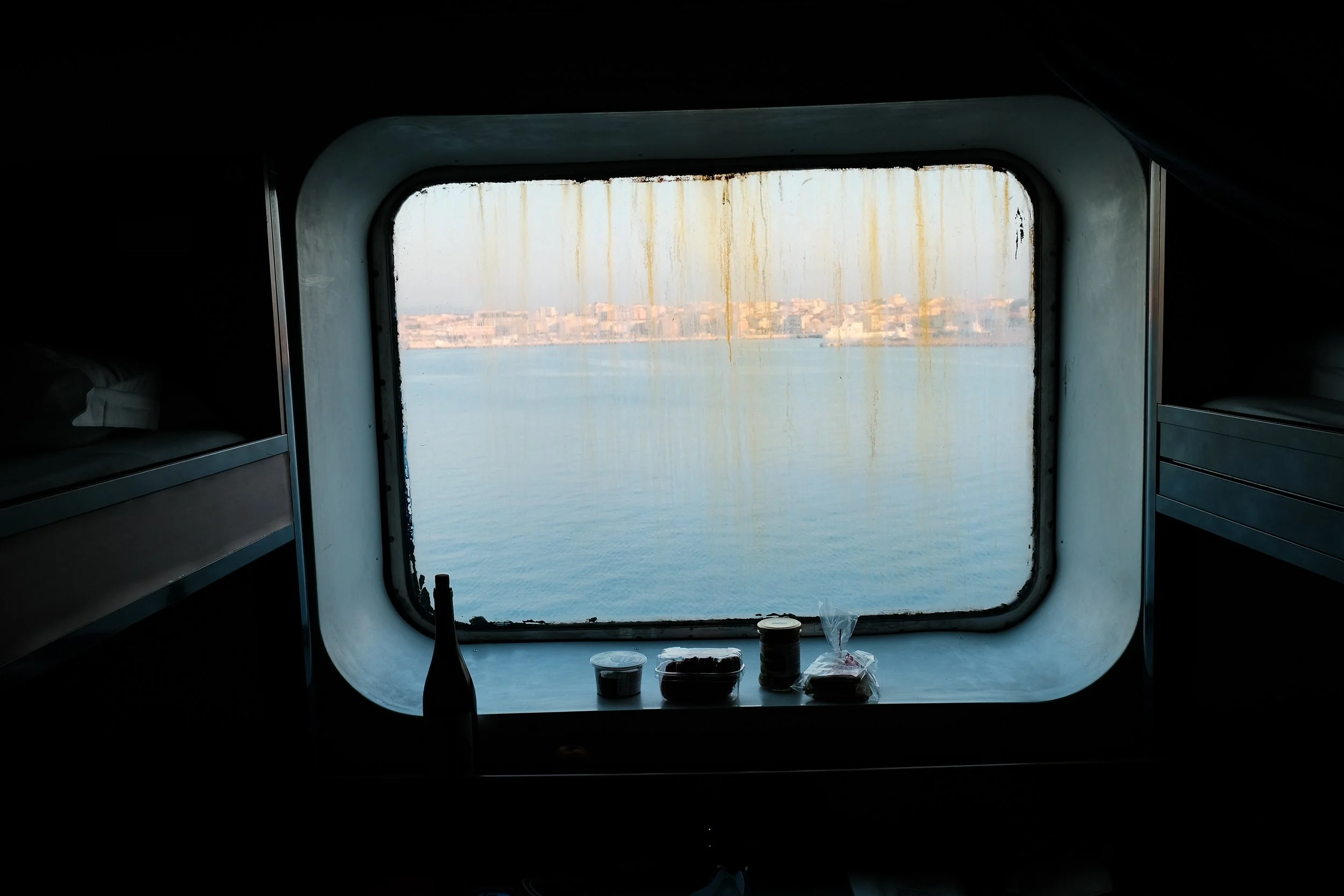
Orlando chose the location and by serendipity, it was in Pula—the town I was staying in! I had seen there was a local instrument museum, but when I tried to visit earlier in the week, it was closed. I was full of surpise and joy when I arrived a second time to finde the gates open! Inside were well-lit displays of all sorts of Sardinian traditional folk instruments: accordions, organettos, mandolins, guitars, flutes, cork drums, jaw harps, all manner of percussion (including a donkey jawbone), a bizarre one stringed instrument with an clearly inflated animal organ (bladder?), and certainly, lots of launeddas. There was even a workbench for making them. This was the **MusPOS (Museum of Sardinian Folk Instruments)—**the first museum dedicated to Sardinian folk instruments—home to more than 150 artifacts representing 77 different types, all belonging to none other than Orlando Mascia.
Adding to my surprise was the presence of two additional musicians, Matteo Muscas and Luca Schirru, students of Orlando’s who had been invited to our session. Alright, five musicians (including me) and four recording tracks…here we go!
It was a whirlwind of a session. The short story is we recorded seven tunes this day. Apparently everyone is a multi-instrumentalist, so each song was a different setup. As videographer and audio engineer, I had to reposition all cameras and microphones for each song. Meanwhile, as musical collaborator, I had lots of music to try and learn.
Truthfully, there wasn’t much learning on my part, not intentionally anyway. They would tell me the key, show a bit of the rhythm, and then we were off. I was learning on the fly, while recording. Most of the time we played a song once, and at my request we played one twice because I screwed up the audio. There was one piece with flute, triangle, and a frame drum with jangles; another where Orlando switched between horn, trunfa (jaw harp), and flute while accompanied by organetto and launeddas; a duet between fiddle and trunfa; one with launeddas, frame drum, and flute; another of harmonica, organetto and flute; and then the moment I had been waiting for—everyone took out their launeddas.
We had made some cool music already, and all on Sardinian folk instruments, but when I saw four sets of launeddas of different sizes come out, I knew I was in for something special—and what could be more Sardinian! I’m pretty sure there were two bass sets and two mid-range lead sets (one lead and one accompaniment). Eliseo gave me the rundown on the grooves of the three different sections which turned out to be a medley .
This set—Processione / Elevazione / Pastorella—is traditional religious music used during Sardinian processions. Processione is long and meditative, often played by multiple launeddas to create a trance-like wall of sound for collective prayer and song as a saint’s statue moves through the streets. Elevazione is tied to the most solemn moment of the Catholic mass, the consecration of the Eucharist. Though originally played inside churches, it’s now often heard outdoors during processions, bringing that sacred spirit into the streets. Pastorella is a processional tune with rustic tones, often accompanying the saint’s cart through rural areas, tying ritual back to the land and its people.
Words hardly do the sound justice. Even my recording and mixing can’t seem to capture it. The four launeddas filled the room until it felt like the walls might burst. My whole body vibrated. My fiddle, pressed right under my ear, was practically inaudible. Through circular breathing, they kept playing—continuously—for nearly ten minutes. It was intense, powerful, and unforgettable.
When we wrapped, they asked about my music, so I shared the bluegrass fiddle tune Red Haired Boy—their turn to film. Then we toasted with beer and a few shots of local grappa.
Reflecting on the day, I felt like I’d been pasted on top of their music rather than more integrated into it—probably a mix of the language barrier and not having communicated my project goals clearly ahead of time. But we had some really great moments, and the all-launeddas piece was exactly why I came to Sardinia. As I continue to be reminded, this project is about listening and musical trust.
That evening, I ate dinner alone at the restaurant outside the museum—spaghetti al frutti di mare to keep it “of the sea” while on an island. And as I walked back to my car, the Sardinian six-beat rhythm was still looping in my head, perfectly in time with my footsteps.
CREDITS
Song: Processione / Elevazione / Pastorella (traditional)
Launeddas: Orlando Mascia, Eliseo Mascia, Matteo Muscas, Luca Schirru Fiddle/Audio/Filming: Casey Driessen
Video Editing: Lauren Balthrop
Special Thanks: Linda Bull